Hiking and cycling trails in parks
Find trails for hikers and cyclists that run through the District and across the North Shore.
We're sorry, this map is currently offline for scheduled maintenance until the evening of May 2, 2024. We apologize for any inconvenience.
Trail updates
Parking at Fromme Mountain
Here are the closing hours for the parking lot on Fromme Mountain
| Dates | Closing time |
|---|---|
| October 1 to February 28 | 6pm |
| March 1 to April 30 | 7pm |
| May 1 to May 31 | 8pm |
| June 1 to August 31 | 9pm |
| Sept 1 to Sept 31 | 7pm |
Staying safe while on the trails
Many of the District's trails are rugged and remote, and weather and conditions can change without warning. Before you set out to use the trails, make sure you are prepared.
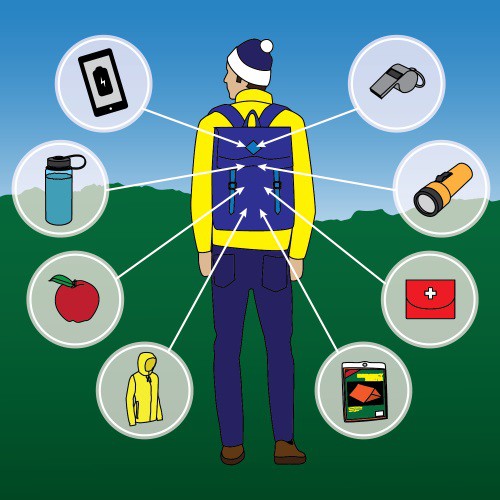
Pack the "10 essentials"
Even the best weather can change without warning. Make sure you bring these ten essentials for trail safety: light, whistle, matches or lighter, extra clothes, pocket knife, shelter, water, first-aid kit, compass or GPS unit, cell phone.
While chances are you won't need any of these items on a shorter day hike, if you actually get lost, having them with you will make all the difference.
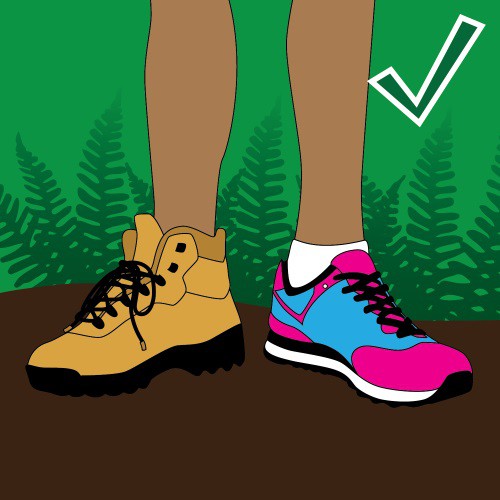
Wear proper footwear
Comfortable shoes are essential. Be sure to choose shoes that have good arch support, flexibility, and well-cushioned heels — and never hike in flip flops or high heels!
You should also wear socks that fit correctly and don’t bunch up, as this can lead to blisters. The best socks to wear are those that allow for air circulation, such as wool or those made of wicking fabrics.
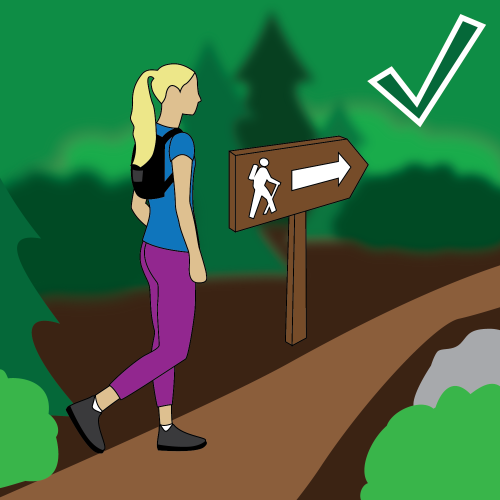
Stay on the marked trails
For your own safety, stay on the marked trails at all times. While our trails are within easy reach of urban areas, many of them are rugged and remote, and it can be easy to become lost or injured.
When you stay on the trails, you'll also be protecting our local environment. Off-trail activities can harm fragile ecosystems, causing erosion and other damage.
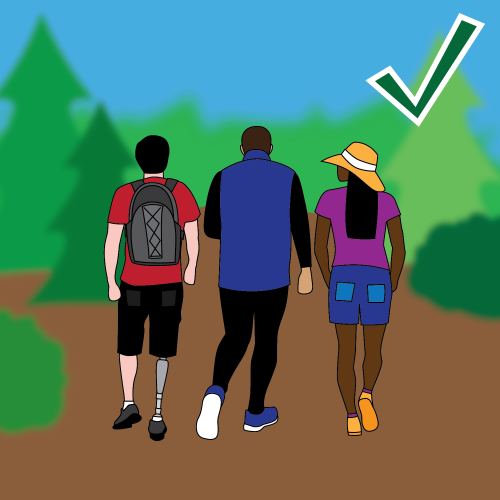
Stick together in a group
Some of our trails extend far into the wilderness, and at certain times of the year, you can hike for hours and only see the occasional person.
Because of that, when you go out on the trails, you should always hike with a friend or, even better, hike in a group. Then, if you hurt yourself, or if something goes wrong, you will have partners who can help get you to safety.
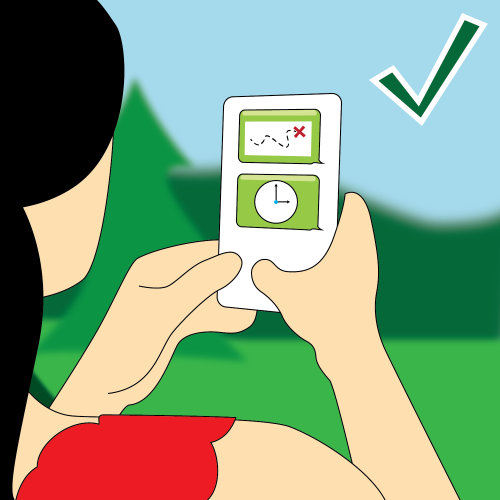
Tell someone where you are going
Always tell someone what trail you will be hiking, where that trail is, and when you expect to be back. If you injure yourself or get lost, rescuers will know where to begin their search.
Do not rely on your cell phone to help you in an emergency when you're out on the trail. Many of our forest and mountain areas don't receive cell phone signals, even though we're on the edge of an urban centre.
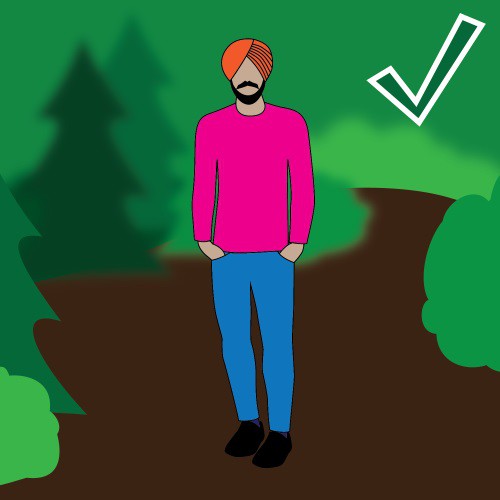
Wear appropriate clothing in bright colours
Being visible at all times is a key to staying safe while using the trails. Bright colours can help if you get separated from your group and they are trying to find you, and they can also help if you become lost and rescuers are called in.
Also be sure you dress in layers. Even in summer, the weather can change — and temperatures can drop — without warning.